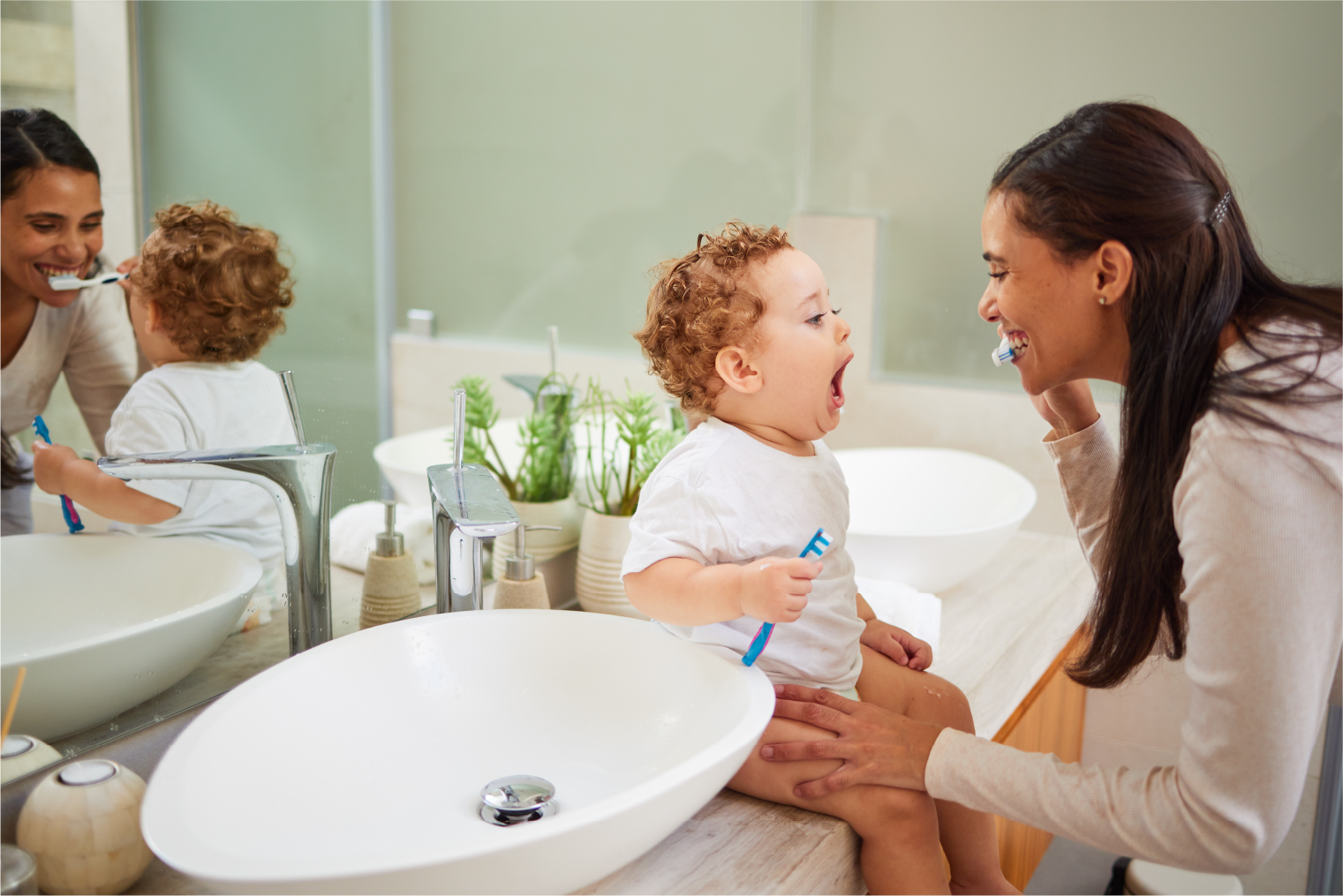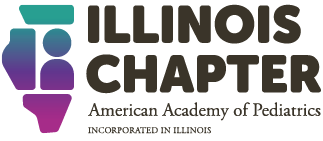Pediatric Oral Health Emergency Kit

Some Children in Illinois Are at Higher Risk for Oral Health Issues
Proper oral health plays a critical role in the well-being of all children. For many families in Illinois, including our most vulnerable populations, there are many barriers to oral health care.
According to the latest data from the Illinois Department of Public Health:
Only 36% of Medicaid-enrolled children aged 1–20 in Illinois saw a dentist or other oral health care provider for any kind of oral health care in the past 12 months.
77% of children and young adults, aged 1–17 saw a dentist or other oral health care provider for any kind of dental or oral health care in the past 12 months
Only 8% of pregnant Medicaid members received at least one preventive or periodontal service in the 365 days before delivery.
62.3% of all expectant Illinois mothers reported they had their teeth cleaned by a dentist or dental hygienist in the last 12 months.
Addressing Pediatric Oral Health Emergencies in a Primary Care Setting
As a primary health care clinician, you are uniquely positioned to improve access to emergency oral health care by ensuring your team has the training and supplies available to address basic oral emergencies right in your clinic. Creating a basic oral health first aid kit for your practice can make all the difference in helping children and their families achieve better oral health.
Building Your Oral Health First Aid Kit
ICAAP coordinated with expert pediatric oral health providers to identify the most important tools and materials you should have in your office to better address oral emergencies in pediatric patients. Here is an itemized list of the materials you should have on hand, as well as some information about how to use certain items.
Many of these items are things you may already have or are easy and inexpensive to purchase from a medical supplier.

What You’ll Need
- 3 small plastic jars with lids and 3 containers of saline solution for storage and preservation of a broken or knocked-out tooth
- Why? To preserve the tooth until the patient can be seen by a dentist, store it in saline solution. You can also use milk.
- 1 mouth mirror
- 8 small head toothbrushes
- 4 regular head toothbrushes
- 2 packs of dental floss (15yrds)
- 3 individually packaged tongue depressors
- 1 cold pack
- 3 tubes of oral pain relief gel - .24oz packets
- Why? To relieve pain and pain associated with minor mouth problems using a topical treatment. Please note: This kit contains unmedicated oral pain relief gel. Medicated formulations of oral pain relief gel contain benzocaine and are intended for use by adults and children over the age of 12.
- 2 packaged tubes of toothpaste
- 1 pair of gloves
- 1 pair of tweezers
- 3 sterile gauze sponges (2x2)
- 1 pack of orthodontic wax
- Why? Dental wax can be used to protect the rest of the mouth from sharp or jagged edges of broken teeth until the patient can be seen by a dentist.
- Application Information: Before applying dental wax, have the patient brush their teeth. Use a pea-sized amount of wax and roll it into a ball, then flatten it into a disc. Place the wax on the jagged or sharp surface and apply a little pressure to make it stick. The patient can eat or drink as usual while the wax is in their mouth.
- 1 package of Stim-u-dents
- Why? These help to remove plaque and prevent gingivitis between teeth.
- Application Information: Moisten thoroughly in the mouth to soften wood. Insert between teeth with the narrow flat side next to gums. Use gentle in and out motion to clean between teeth. Do not force into tightly spaced teeth.
- 4 individually wrapped Q-Tips
- 4 Lipton Tea Bags
- Why? Applying a cooled, dampened tea bag can help control minor oral bleeding.
- Application Information: place the teabag in lukewarm water, squeeze out the excess water, and wrap it in gauze. The patient can bite down on the tea bag or hold it in place (with pressure) for 15 – 30 minutes.
- 1 disposable pen light
Maintaining Your Oral Health First Aid Kit
We suggest replenishing this kit as you use items or even creating additional kits to have on hand in your office. Having these supplies easy to access makes it convenient to care for your patient’s oral health needs and respond to emergencies.
Provider Resources for Managing Pediatric Oral Health Emergencies
Billing & Coding Guidance – information on billing and coding for fluoride varnish and silver diamine fluoride application in Illinois.
Emergency Preparedness Considerations for Pediatric Oral Health Emergencies – information on how pediatricians can optimize oral health during pandemic.
Ensuring Your Team is Prepared for Pediatric Dental Emergencies – information on how to incorporate oral health into your emergency preparedness measures.
Finding a Dental Home – information and resources to help your patients in finding a dental home.
Oral Health Patient Outreach Materials
All About Fluoride – a printable handout for patients sharing more information on fluoride, why it’s needed, and what to expect during application.
Bright & Healthy Smiles Begin at Birth – a printable handout for patients with important information on setting good oral hygiene habits early.
Tips for Transporting a Tooth – a printable handout to hang in high traffic areas or to share with patients that includes key information on the best ways to transport a tooth after it’s been knocked out.
Be Prepared! What to Do for Dental Emergencies – a printable handout to hang in high traffic areas or to share with patients that includes key information on what parents and guardians should do during common oral health emergencies.
